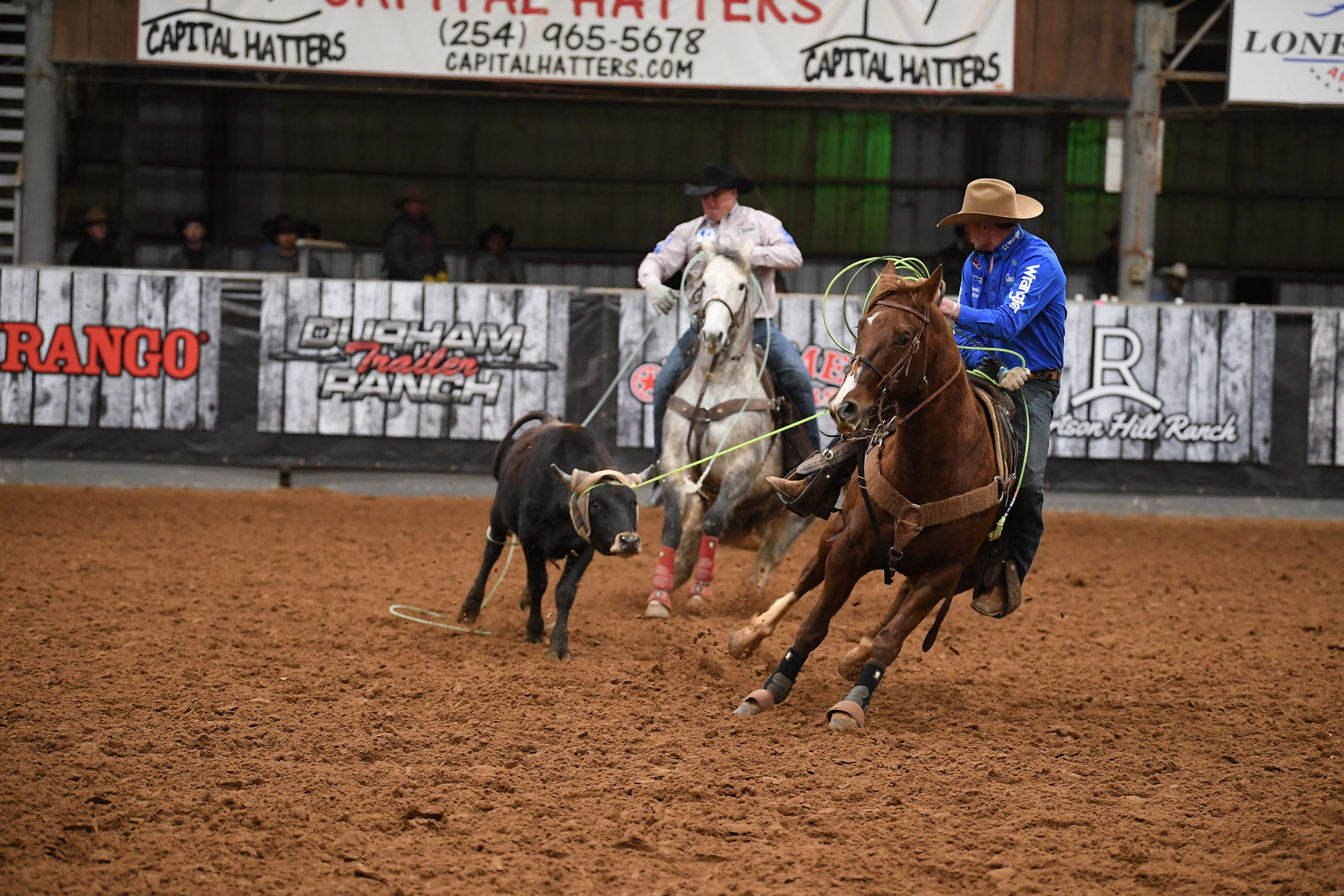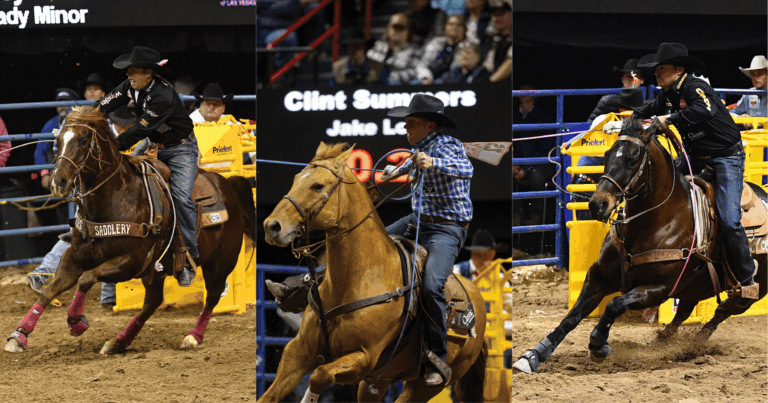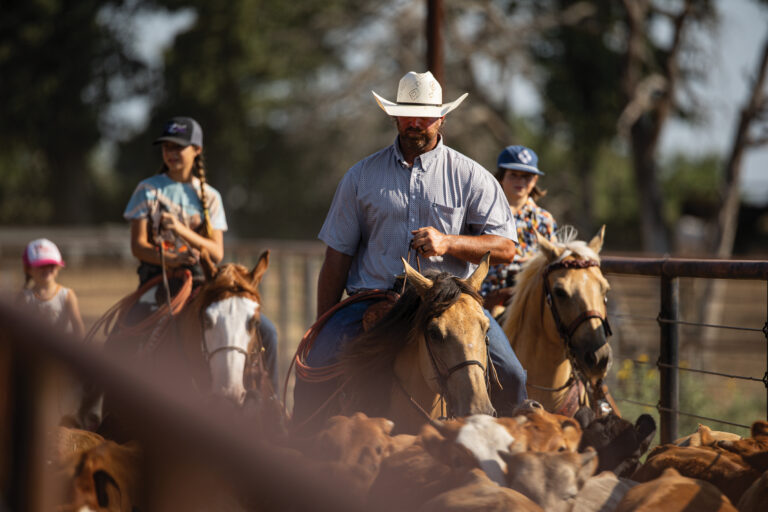What to Do
A horse doesn’t know when the quitting point is. When you rope, the horse needs to know when the end of the run is, when the reward is. When a horse does good—faces good and takes the jerk—they need to sit there for a second to catch their breath and lick their lips. It’s their reward, and it’s how they learn to like their jobs and take things in stride. At a rodeo, you can’t always just sit in the arena and pet on your horse, so it’s a good idea to overdo it at the end of the run in the practice pen, so they don’t think every situation is panicked and hurried.
What Not to Do
You can teach a calm horse a lot of things, but you can’t teach a scared horse anything. If, after the run, you’re kicking and jerking and pulling, they’re looking for that and they’re scared. You won’t have anything to build on, and you won’t have a horse ready to learn.









